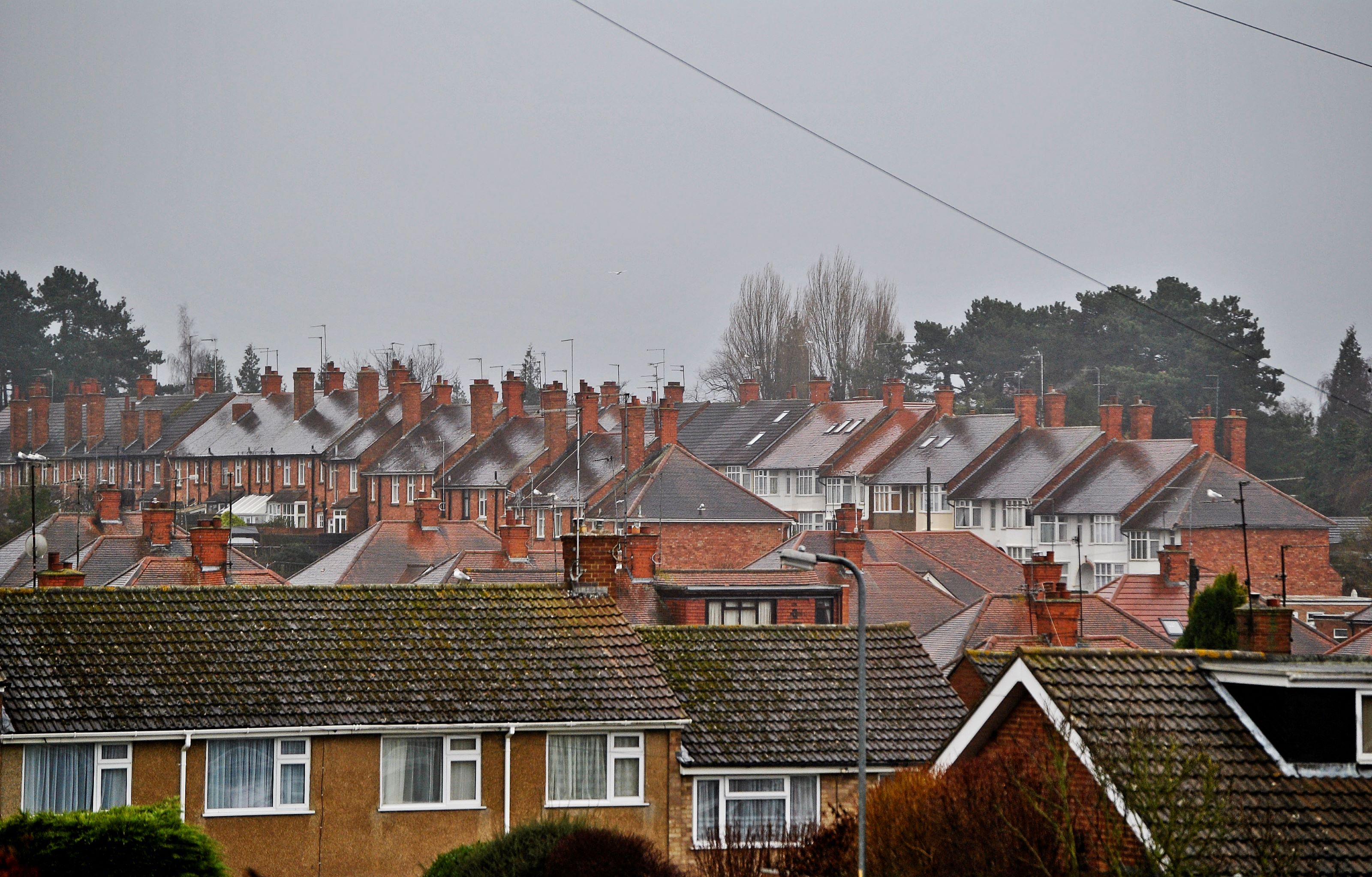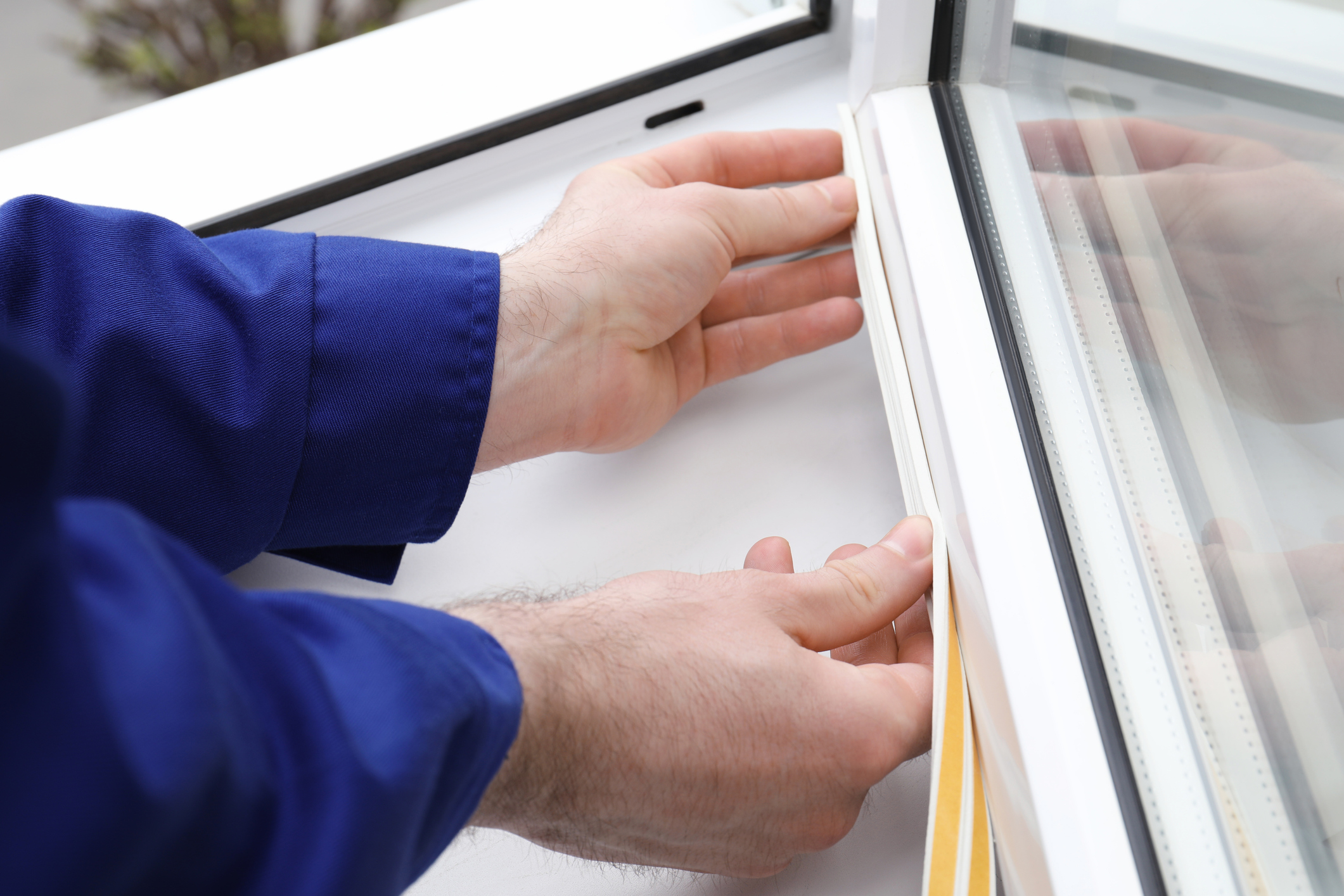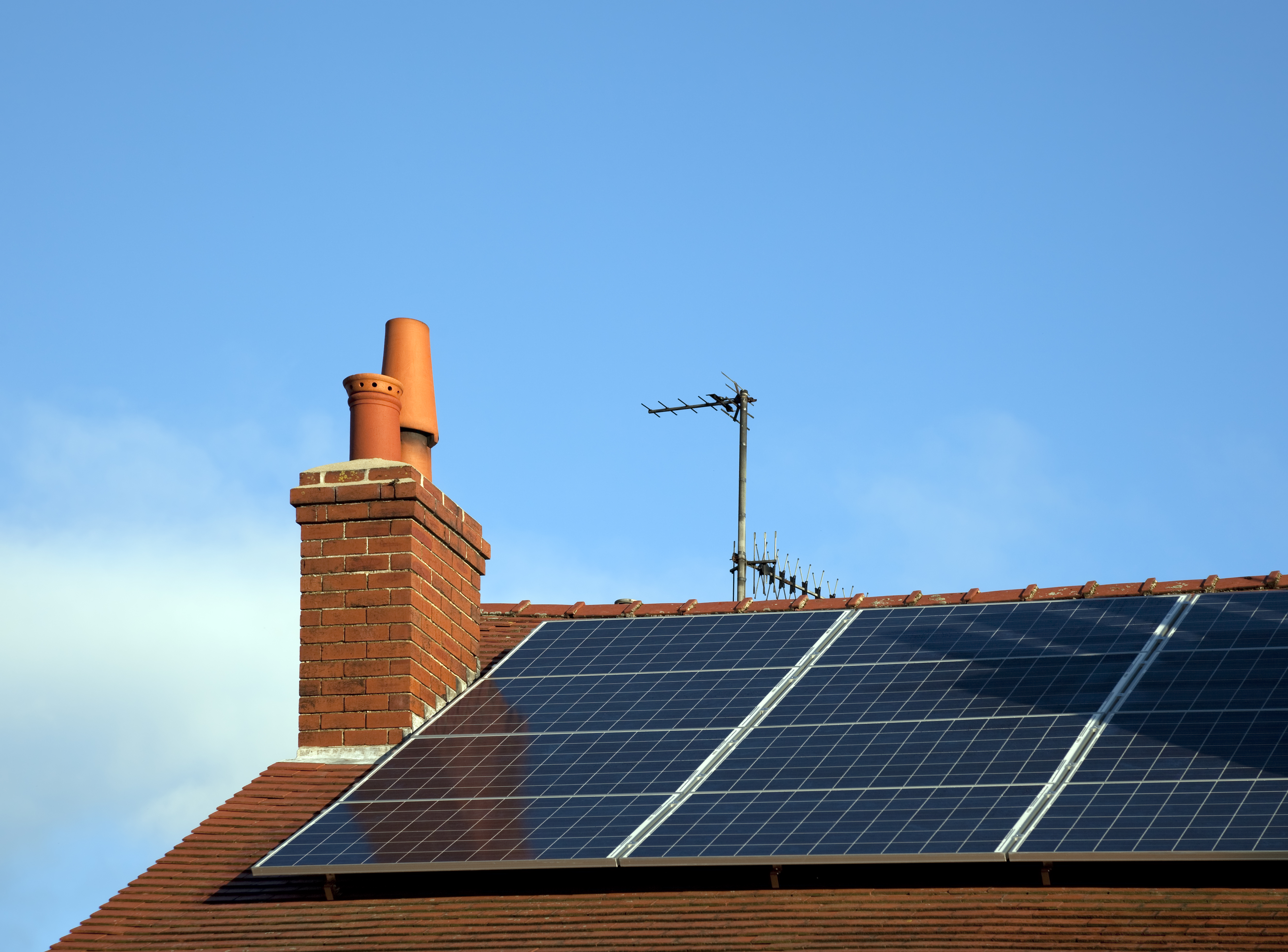How can I cut my energy bills in a 60s to 80s house? Three experts give their verdict
There are a number of advantages to owning a 60s to 80s developer home when it comes to energy efficiency but there are still improvements you can make. Our experts explain all

If you’re living in a developer home built between the 60s and 80s, what can you do to slash your energy bills this winter — and for many years to come?
We put this question to three experts to get their energy saving tips: architect Paul Testa, who carried out extensive energy-efficiency improvements in his own mid-century home; Paul Ciniglio, refurbishment lead with the National Energy Foundation; and David Hilton, an expert in sustainable buildings and energy efficiency. We also asked them to assume that the house has cavity walls and an electric storage heating system.
The good news is that improving the energy efficiency of these homes is relatively straightforward and low risk compared to tackling older homes with solid brick walls, says Paul Testa.
“While many would have been built with no insulation in them, the windows are often double glazed; the building standards are not far off what we see in newer builds,” he explains.
“That means the risks associated with initiatives like cavity wall insulation and adding ventilation are less of a problem than with older houses.”
What can you do with a budget of £200?
Let’s start with a modest budget of £200. All three experts say that it’s best to start by insulating the loft.
“That gives you the biggest bang for your buck,” says Paul Testa. Paul Ciniglio agrees: “Loft insulation is generally the easiest type of insulation to deal with, and one of the measures that makes the most difference in terms of warmth, comfort, energy bill savings and reducing carbon emissions.”
Installing the insulation yourself could be done for around £200, estimates Paul Testa. “Most people go for mineral wool, which is the cheapest they can buy. I’d aim for 300-400mm insulation. Be very careful about your eaves as you don’t want to block ventilation to your attic space and make sure the loft hatch has some form of insulation and draught proofing.”
If you already have loft insulation, it’s worth checking to see if you need any more. “Often the insulation under boards is not enough,” he says.
Payback can be very quick. “If you consider that an uninsulated roof accounts for 40% of a home’s heat loss and that can drop down to 5% of heat loss after insulation, that’s a huge saving. What’s more, payback periods have halved or gone down by two thirds recently,” says Paul Testa.
“The other benefit is comfort and health benefits. Bedrooms especially will not lose heat at the speed they were before and it will feel warmer in the morning when you wake up.
“Once the loft insulation is done, look at cutting out draughts by installing window seals and other draught proofing measures on a DIY basis,” he suggests. “Buy some sealant or, for around £1 to £2 per metre, airtightness tape, and use them around key junctions and windows.
“That will make a massive difference to your comfort levels as well as reducing heating bills.”

What improvements can you make with £2,000?
Insulation remains the watchword if you have up to £2,000 to spend, too — allocate £500 of that pot to pay installers for insulating a roof space if you’d rather not do it yourself.
“Once that’s done, it’s time to focus on cavity wall insulation,” says Paul Ciniglio. “Walls account for a hefty 25% to 35% of all heat lost from an uninsulated house and properties from this era are likely to have empty cavities.”
Adds Paul Testa: “Some care is needed. Use an approved cavity wall insulation installer and aim for decent quality graphite-enhanced EPS beads.”
Expect to pay around £2,500 to insulate your cavity walls, with annual savings of £480, based on fuel prices in April 2022.
Now consider installing decent ventilation fans to kitchens and bathrooms to expel humid, warm air from the house, suggests Paul Testa. “Moist air takes more energy to heat than dry air, so it’s worth aiming for a humidity of around 40 to 60 per cent in the property.”
What can you do with a budget of £20,000?
For budgets of up to £20,000, we start to look at more significant interventions, including insulating floors, says Paul Ciniglio. “That’s a good option for suspended timber floors where cold draughts can be very evident.
“In this type of house, though, you are more likely to have a concrete floor. This could be more difficult to insulate because you would either need to raise the level of the floor or carry out costly and disruptive works to break up the concrete floor before insulating.”
Solar PV panels and battery storage could also be installed for less than £20,000. Expect to pay around £6,500 to install solar panels, with savings of up to £500 a year, and £5,500 to £11,000 for battery storage — ask your battery storage installer for projected cost savings.
David Hilton, who installed solar panels on his own 1980s house, recommends using the energy generated by the panels gradually during the day rather than switching on energy-hungry appliances at once. “If you are out at work all day, I’d suggest fitting wireless controls onto appliances so that they can be turned on the minute the sun comes out.”

What improvements can you make with over £20,000?
If you’re looking to spend more than £20,000, it’s worth getting professional impartial advice before you start. The National Energy Foundation (NEF) will carry out an energy efficiency assessment for around £500. “That will help you prioritise your budget and set out a phased plan that you can follow as time and budget allows,” says Paul Ciniglio.
Within this budget, homeowners could consider installing an air source heat pump, says David Hilton. A home with electric storage heating will require a new radiator system and new pipework that could cost £20,000 or more (for a home with gas central heating the costs are considerably less).
Those costs could be offset by government funding. “Homeowners can access a £5,000 grant towards the cost of installing an air source heat pump, through the Boiler Upgrade Scheme,” explains David Hilton. “Bear in mind that the scheme only lasts three years and it’s capped at 90,000 households.”
Once the heat pump is installed, you can expect to save between £1,000 and £1,900 on heating bills each year, depending on the age of the electric storage heating system, according to the Energy Savings Trust.
“What’s more, installing an air source heat pump would protect you significantly from future energy price rises,” concludes Paul Testa.
David Hilton, Paul Testa and Paul Ciniglio will be speaking at the Homebuilding and Renovating Show in London from 30 September to 2 October.
Get the Homebuilding & Renovating Newsletter
Bring your dream home to life with expert advice, how to guides and design inspiration. Sign up for our newsletter and get two free tickets to a Homebuilding & Renovating Show near you.
Alison Wall is an experienced homes journalist, and former chief sub editor of Homebuilding & Renovating. She has interviewed countless self-builders and renovators regarding their projects, and has a special interest in eco builds. She is also renovating her 1970s home and garden, and has a particular interest in making her own home greener, having recently added solar panels, an EV chargepoint and a solar battery system.

